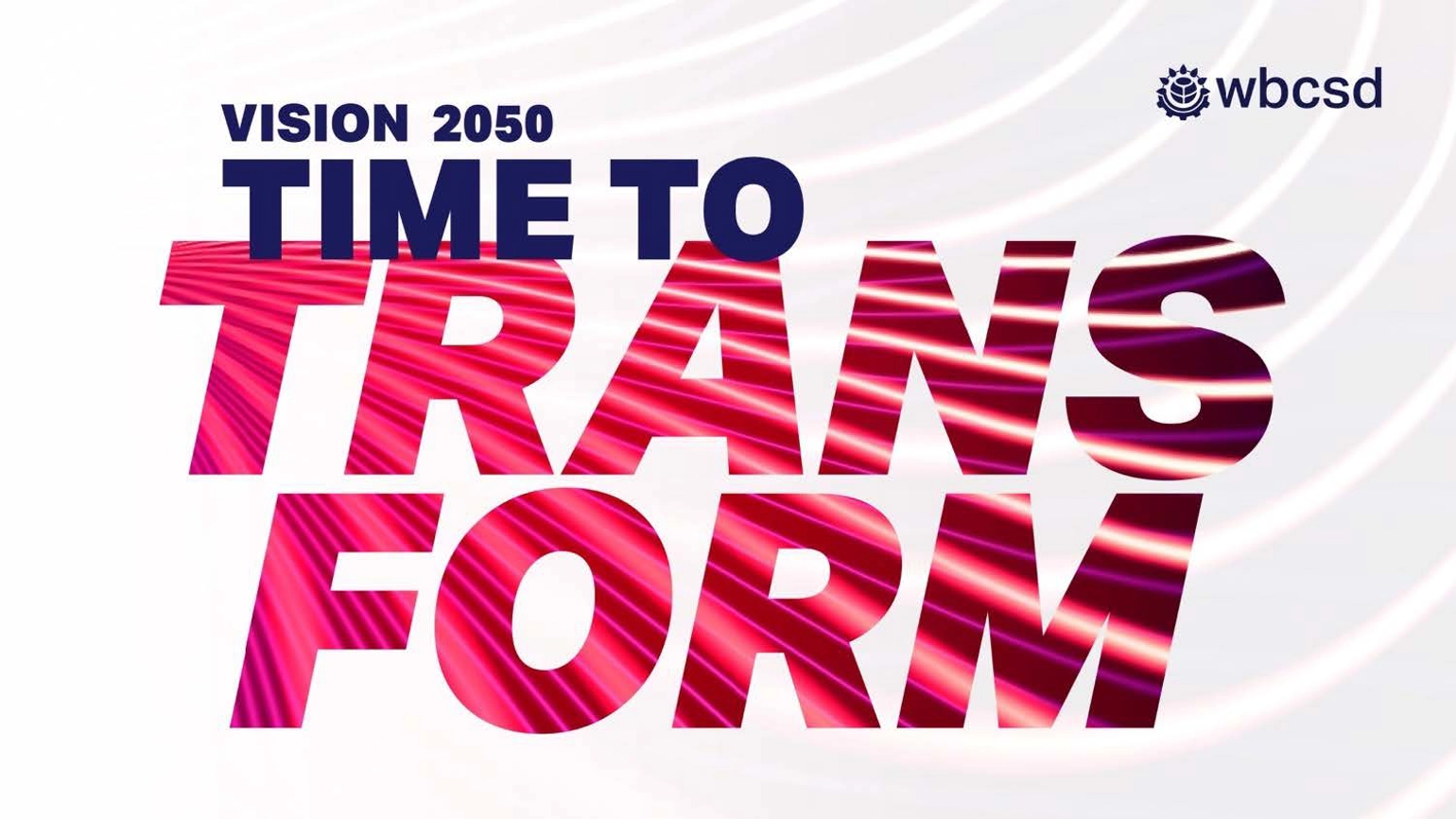Return to journal
WBCSD Reporting Matters: How is the landscape of sustainability reporting evolving?
As we celebrate and reflect on the 10th anniversary of WBCSD Reporting Matters, Jennifer Black shares her views on the key changes that have been happening in the sustainability reporting space and takes a look ahead, at what’s to come.

Since the launch of Reporting matters in 2013 in partnership with WBCSD, we’ve witnessed how sustainability reporting has accelerated from a fringe ‘nice to have’, into mainstream business reporting practice. Large, global companies often provide us with a useful gauge for broader trends that are eventually adopted more widely. Driven by a range of factors, 96% of the world’s 250 largest companies report on sustainability or ESG (source: KPMG). The ultimate aim is to build understanding, engagement and trust with stakeholders, and to share a genuine view of how a business is performing – and not just in relation to its peers.
Materiality has also gained momentum in the last few years, and the principles of ‘double’ and ‘dynamic’ are now at the forefront of change. Indeed, it will be a pivotal year as the EU corporate sustainability reporting directive (CSRD) ask companies to show their inward and outward impact (double materiality) and explain what they are doing to address those potentially negative impacts. Dynamic materiality acknowledges that an issue or impact can materially change over time, along a sliding scale. While often seen as simply a reporting tool, materiality is fundamentally a strategic tool that can help organisations transition towards more meaningful impact and improve their overall reporting.
The emergence of an ESG reporting focus is an interesting development. The term ESG and sustainability are often used interchangeably. There is a misconception that they are the same thing. As the significance of environmental, social and governance (ESG) issues in the mainstream has exploded, it’s important to recognise that ESG is principally an investment tool. Which raises a number of important definitional questions, including quite simply, what do we mean by ESG and just what are ESG ratings actually telling us? First off, ESG ratings are designed to look at the financial significance of ESG issues. These ratings, or evaluations, focus on financial risks to a company’s bottom line, by looking at the impacts of ESG factors ON a business, not the impact of the business on those ESG factors. If we take a look at how MSCI explain their ratings system, their MSCI ESG ratings are designed for one purpose: to measure a company’s resilience to financially material environmental, societal and governance risks.
Secondly, ESG ratings tend to assess how well companies manage risk compared with their peers, not across industries. So ultimately, ESG ratings do not tell us if a company is behaving sustainably and an improved ESG score does not necessarily mean improved sustainability outcomes. While many companies choose to produce an ESG report, as we can see, there remains an important distinction between the contents and drivers of an ESG report and a sustainability report.
Most significantly, one of the key forces at play is the regulatory landscape, which has been undergoing a period of significant change both on a global and regional level over the past few years, culminating in a moment of convergence in reporting standards and frameworks. In the coming years, we will undoubtedly see continued convergence and streamlining of regulations and standards that will further shift the trend from voluntary to mandatory sustainability reporting. Looking further ahead at the vision for reporting over the next decade, we can anticipate the continued integration of ESG and sustainability related content into financial reports, driven in part by regulatory changes. There will also likely be a redoubling of efforts to produce more targeted, audience-led sustainability reporting – a key factor being the ongoing digitalisation of reporting, firstly in terms of digital taxonomy and the rising sophistication of ways to collate and analyse data. As AI continues to advance in this space, we will likely see more customisable experiences – driving the accessibility of reporting. We’ll also continue to see an increased use of online and digital reporting formats.
For more on the matters having an impact on reporting, watch the WBCSD launch webinar:

Download the 10th anniversary edition of Reporting Matters here.
We’re excited to see what the future holds for sustainability communications in the reporting space. If you’d like to find out more about how we can support your reporting journey or help shape your sustainability strategy, please get in touch.
